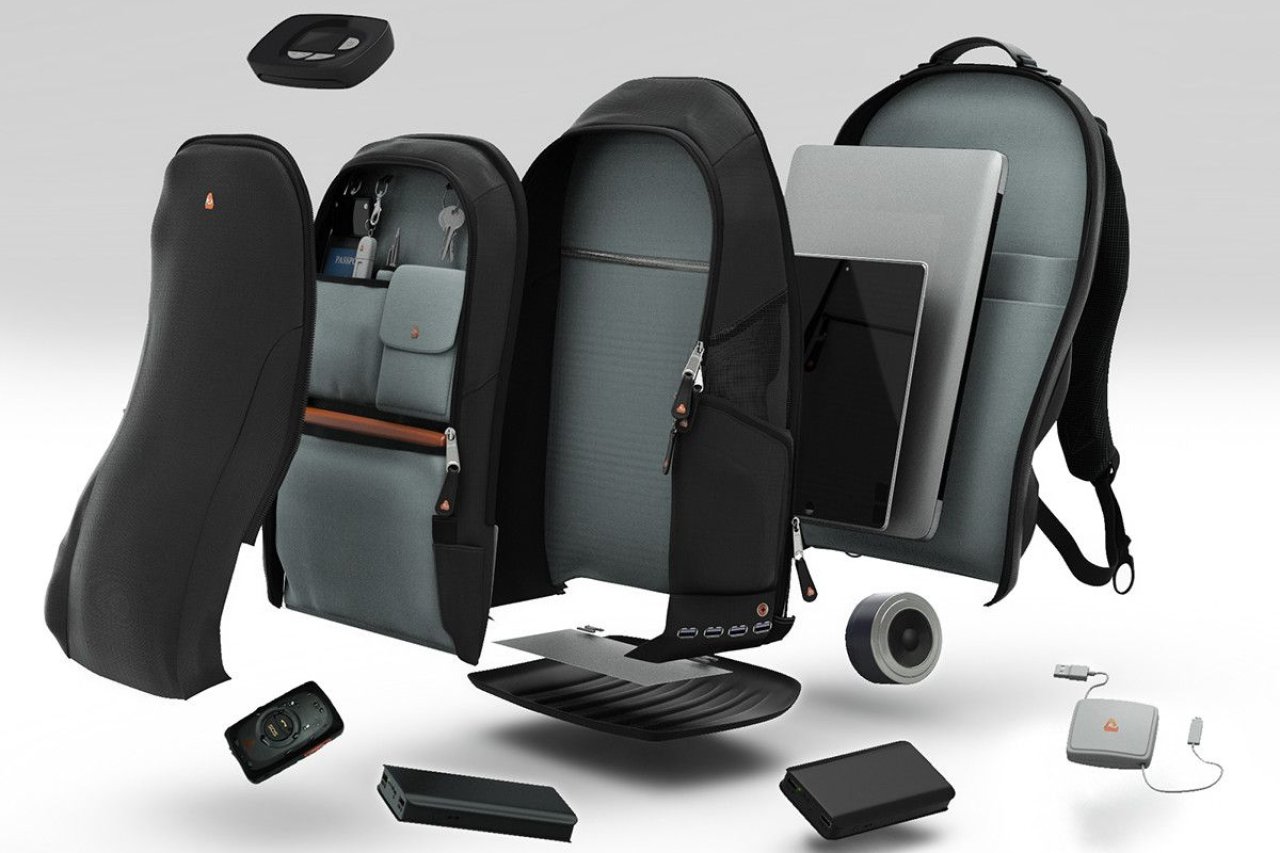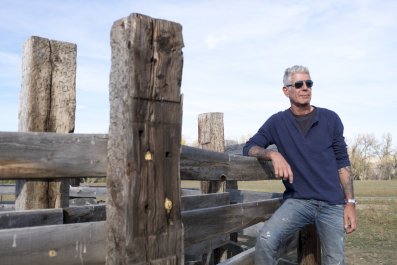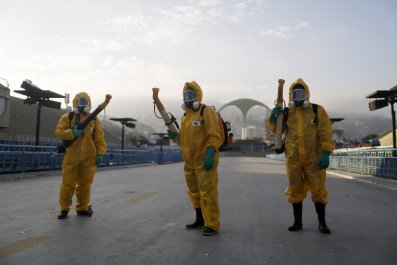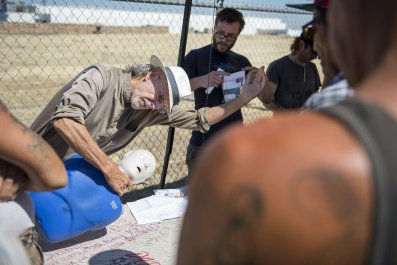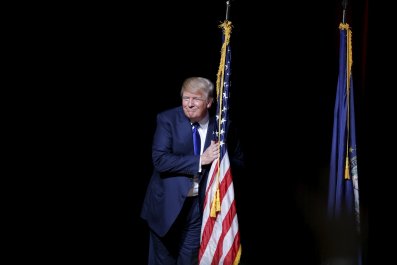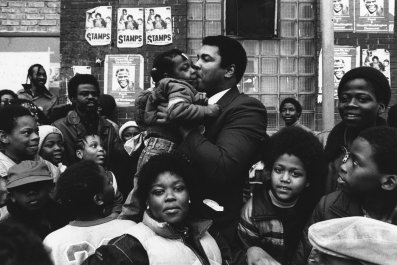The backpack of the near future will have everything modern students need: device-charging ports, Bluetooth, Wi-Fi—and bulletproofing. Doug Monahan was developing a high-tech backpack this past December that he envisioned as "a communications hub" when he heard about the shooting in San Bernardino, California, where 14 people were killed at a County Department of Public Health holiday party. He decided to build an extra pocket and fill it with Kevlar, the synthetic fiber used in standard bulletproof vests.
The iBackPack has raised nearly $1 million across Kickstarter and Indiegogo and is set to start shipping this fall. Monahan says he's pre-sold thousands. "If somebody goes into a classroom and starts some shenanigans," he says, "you can use the backpack as a Roman shield." But Monahan stresses that his product is a tech backpack with protective elements, not the other way around. The bag comes with batteries that Monahan says can recharge wirelessly on a surface resembling a teacup saucer. Ports throughout the bag allow for easy cable charging and access. The bag has a built-in Wi-Fi modem (the wearer must pay for service through a wireless provider) and Bluetooth speaker. Special pockets are designed to fit devices. The backpacks run from $169 (without Wi-Fi) to $349 (with all the tech, including Wi-Fi, plus access to a sales database Monahan has been building for years) and weigh less than 5 pounds.
One Indiegogo contributor, Shane Roberts, says the tech elements piqued his interest, but he lives in Colorado, near where multiple mass and school shootings have occurred in recent years. "It's just always in the back of my mind that at any given time this could happen," he says, adding that he likes "the idea that I'm not going to have to wear a bulletproof vest out, but I'll have a Kevlar plate with me."
J. Pete Blair, executive director of the Advanced Law Enforcement Rapid Response Training Center at Texas State University, is skeptical about how much protection a backpack offers from a shooter. "We teach 'avoid, deny, defend,'" he says. "So having a backpack on your arm as a shield? I don't know where that would really factor in or that people would be able to effectively [use] it." He adds that a quarter of mass shooters carry high-caliber assault weapons, which can penetrate the IIA Kevlar currently being tested for Monahan's iBackPack. (Monahan says he plans to test and offer stronger types, but those weigh more.)
The backpack is a response to not only school shootings but also new laws. In Texas, where Monahan's operation is based, concealed handgun license holders can carry guns in buildings on public college campuses starting August 1. That's why Monahan's team is marketing the iBackPack to Texas college students and faculty, sending emails that offer to help "craft a program where teachers, administrators, staff and students are all bullet-proofed."
The iBackPack isn't the only high-tech bulletproof bag; the brand Guard Dog Security sells one with a built-in auxiliary cord that lets its wearer plug in a phone or device inside the backpack and headphones to the strap on the outside. That bag has type IIIA bulletproof padding (stronger than IIA).



